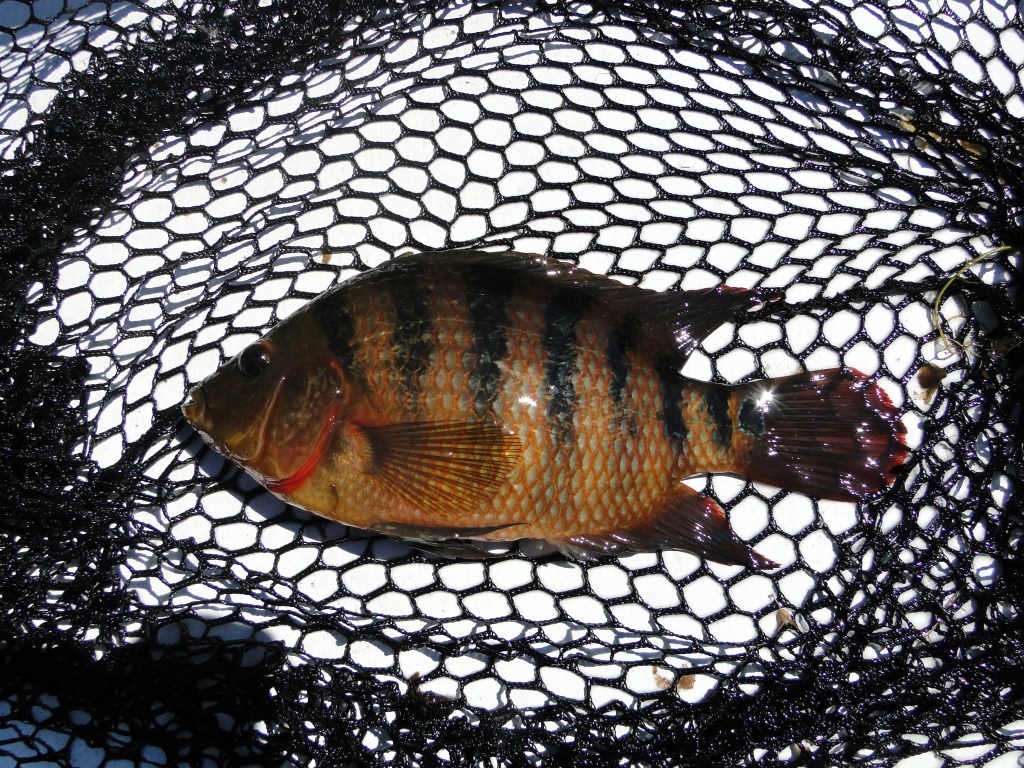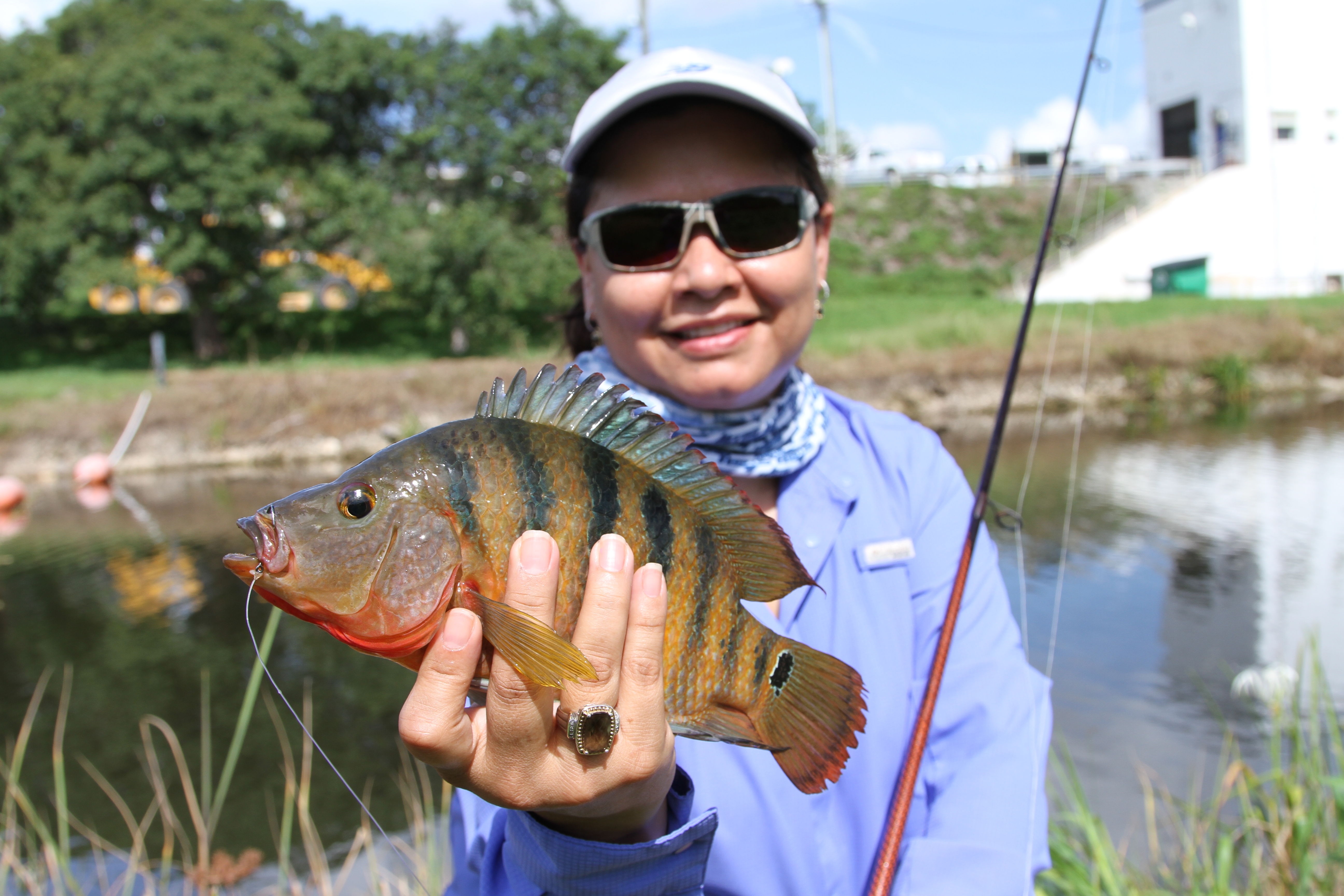
Florida’s diverse freshwater habitats boast an equally diverse array of fish species, each contributing to the state’s environmental and economic well-being. For decades, the Florida Fish and Wildlife Conservation Commission (FWC) has taken great pride in protecting and preserving the state’s locally grown natural resources.
Then came the disrupters: non-native species illegally introduced and left to flourish.
While anglers fishing the season-opening SiteOne Bassmaster Elite Series at Lake Okeechobee could possibly spot invasives such as a Burmese python sunning on a hyacinth mat, a flock of monk parakeets or tree-lounging iguanas — all problematic in their own way — we’ll focus on the finfish lineup.
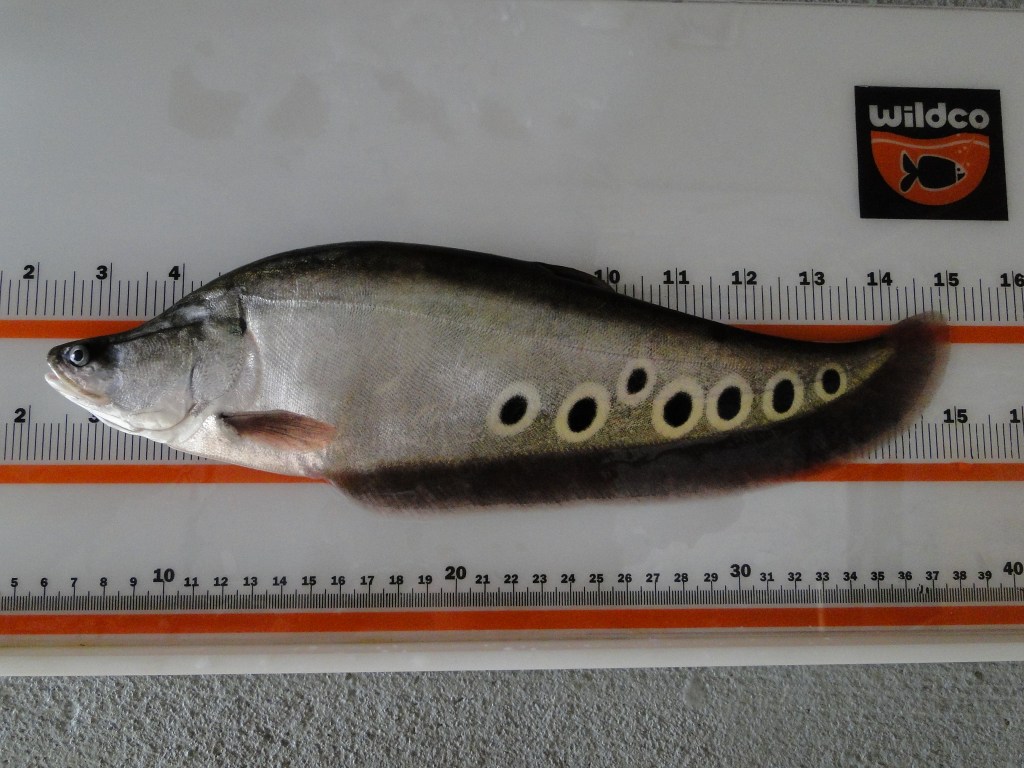
Kelly Gestring, the FWC Senior Non-Native Fish and Wildlife Biologist, said the lake holds resident populations of Mayan cichlids, Oscars, blue tilapia, nile tilapia, spotted tilapia, sailfin catfish, walking catfish, clown knifefish and brown hoplo (armored catfish). While the term non-native invasive broadly applies to any unwanted organism that does not naturally occur in Florida waters, most simply call them “exotics.”
By any name, they’re a big problem. Here’s the story.
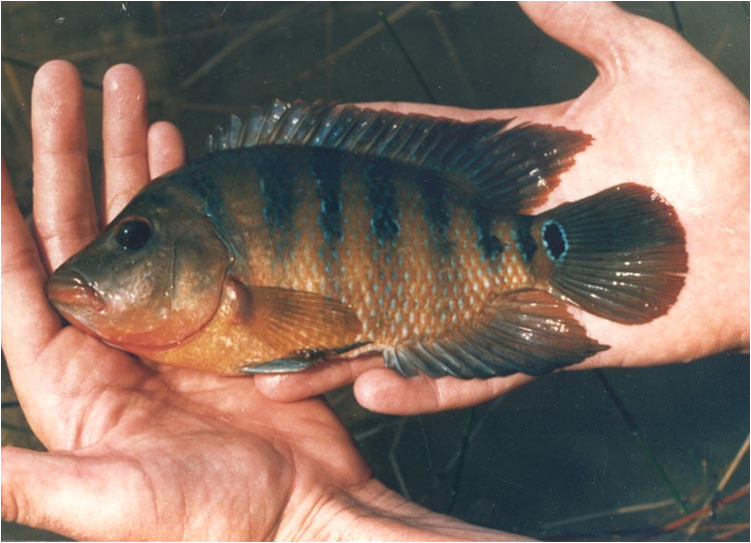
How they arrived
With his finger on the pulse of this ongoing environmental issue, Gestring said Florida traces its exotic invasion to the food industry, and most commonly, the pet/aquarium trade.
“Some species have appeared, and we don’t have a good idea of how they may have gotten here because the species may not be a popular food fish or in the aquarium trade,” Gestring said. “But the aquarium trade and pet trade certainly has been one of the pathways for species brought in.”
Despite Florida’s rules prohibiting the illegal introduction of any non-native species, aquarium owners have often released unwanted fish into state waters. Many of these were hardy, prolific breeders that quickly set up shop and established reproducing populations.

“Some of the introductions are likely unintentional,” Gestring said. “For example, there was a time when there were insufficient controls in place for aquaculture facilities, so if there was a high-water event like a tropical storm or a hurricane, the ponds could flood and release fish that way.”
According to Gestring, the FWC Non-Native Fish program dates back to the 1960s. Much of the early issues were limited to South Florida, because many of the illegally introduced species originated in more consistently warm climates and could not survive past the state’s lower section.
South Florida’s vast network of flood control canals facilitated rapid expansion, while many exotics continued finding their way into natural waterways. Today, several of the exotics have expanded up as far as Central Florida.
Problems created
As Gestring notes, an individual releasing an aquarium fish into state waters may consider this a better option than destroying the unwanted pet. However, FWC studies have proven otherwise.
“Individuals may not be aware of the environmental impact of releasing their pet into the wild,” Gestring said. “They have big hearts, they have good intentions, but they don’t realize that, by doing so, they can create all kinds of negative impacts for the native flora and fauna of Florida.”
Specifically, that means competition for forage and breeding grounds, which can disrupt the life cycles of native species, including largemouth bass and the forage that feeds them.
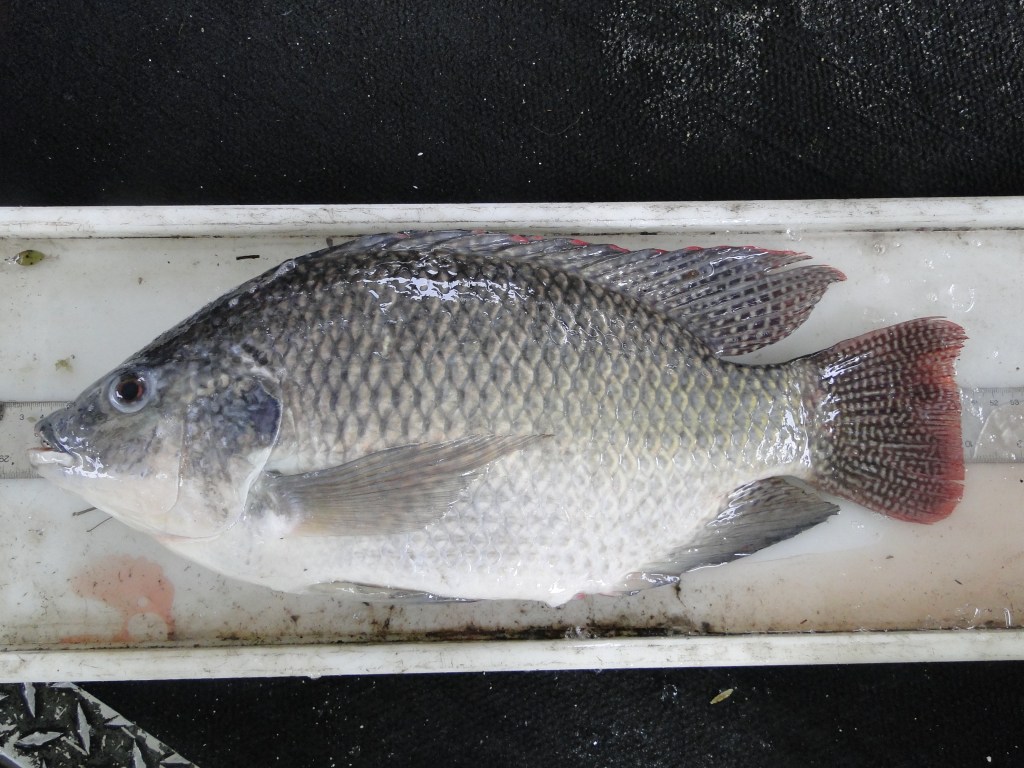
“There could be direct predation on native species at all stages — eggs, young and adults, depending on the (non-native) species,” Gestring said. “Some of these non-natives can alter the habitat, like tilapia with their bedding activities and uprooting aquatic plants. So there’s a possibility they could reduce the available habitat for native species.”
Keeping tabs
Given Lake Okeechobee’s immense size (730 square miles), Gestring said it’s difficult to determine when a particular exotic species reached its waters. The time it would take for a new species to reach an abundance likely to generate angler reports or appearances in FWC sampling could conceal the newcomer’s presence long after its arrival.
The state’s primary method of monitoring exotic species is the same one used for checking up on the natives — standardized fish community sampling. Electrofishing boats work an area to see who’s home, and then biologists extrapolate population estimates.
“The (biologists) are trying to collect every fish that they encounter,” Gestring said. “Similarly, they do trawl sampling and, again, they’re trying to sample the fish communities that are present.”
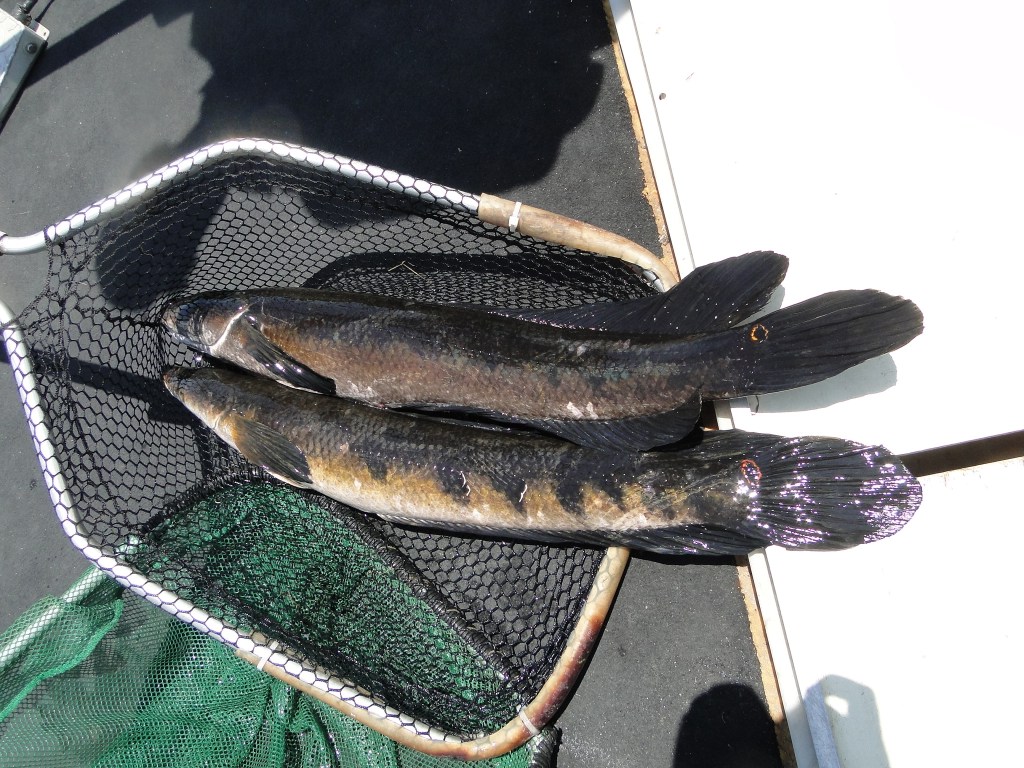
Matt Stevens, FWC Biologist for Lake Okeechobee, said the FWC has seen increases in tilapia numbers from the agency’s commercial haul seine program.
“This tends to be an issue for the fisherman since there is not a tilapia market near the lake, and they are required to still haul those fish in regardless of market availability,” Stevens said.
Angler reports also help the agency’s monitoring and management. Gestring said the FWC initiates early detection and rapid response efforts anytime a new species is reported — on Okeechobee or elsewhere.
“We’ll pack up the electrofishing boat and head out to try and identify the range where it’s at and how many there are as a way to ascertain whether or not it’s practical or feasible to attempt to eradicate that population,” Gestring said. “We’re continually expanding our work into these species to try to limit any potential ecological problems they may pose to the state of Florida.”
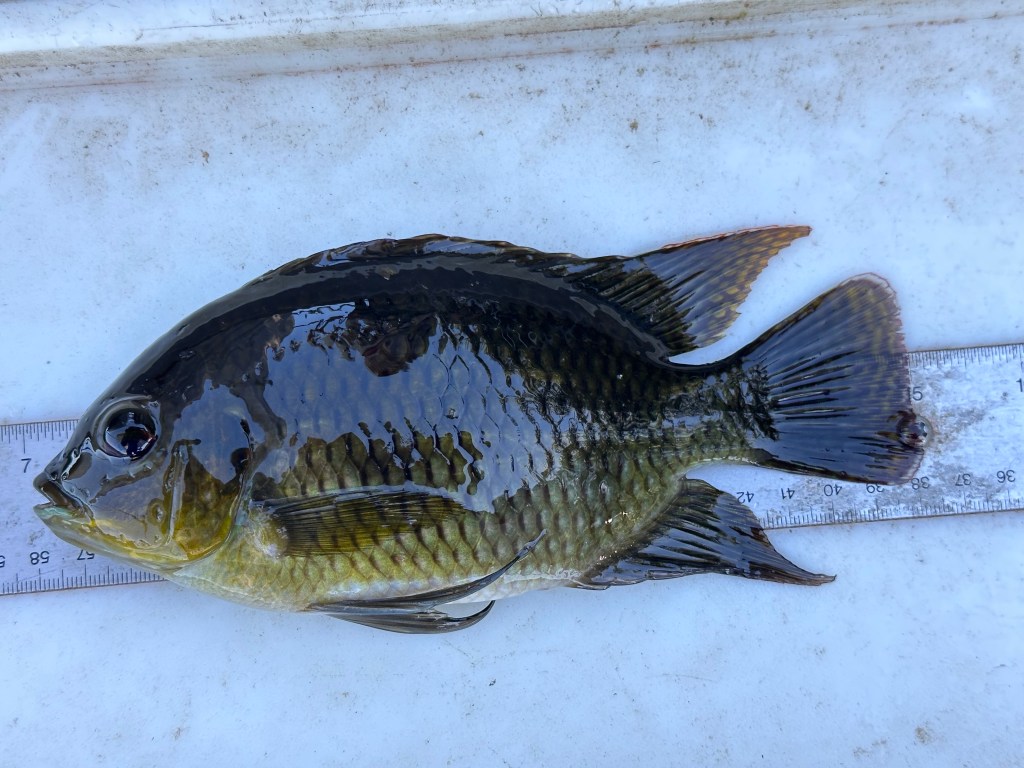
Angler assist
On the upside, Florida’s exotic explosion has yielded a fascinating sport fishery. With many of these invasive fish species exhibiting aggressive, territorial natures, anglers in boats or on foot can sample a diverse tapestry of international options without leaving the U.S.
Many of the exotics offer respectable table fare, so a unique dinner rewards those willing to help Florida control these invasives.
“We strongly promote the concept of catch-keep-and-eat as a way for anglers to take advantage of these unwanted, but available resources,” Gestring said. “We encourage anglers to catch and keep as many of these non-native freshwater fish as they can.
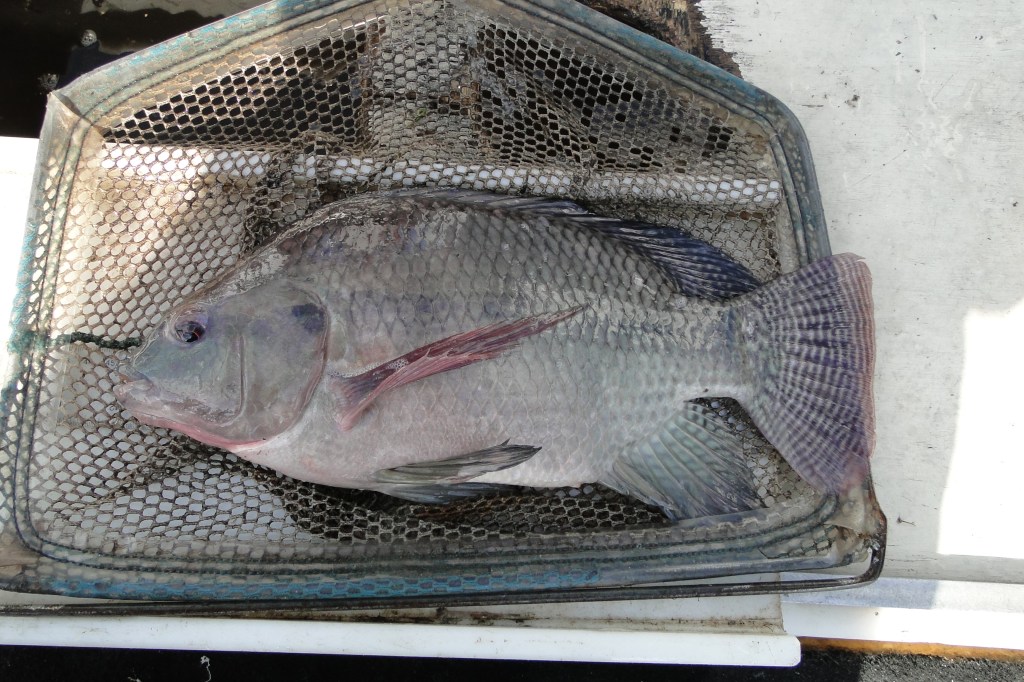
“This provides some very unique angling opportunities. There’s a variety of species available, and we encourage that consumptive use to help control these non-native fish populations. You can catch a cooler full, take them home and have a big fish fry.”
Best part about it — no size, season or bag limit. Basically, recreational anglers have the green light to whack ‘em and stack ‘em.
The exceptions: Butterfly peacock bass stocked as a biological control agent to help native largemouth gobble up the unwanted exotics (two fish per day, only one over 17 inches) and grass carp stocked for aquatic weed control (no harvest, except by permit).
Everywhere else, when it comes to exotic invasives, the state wants them gone — like yesterday.
